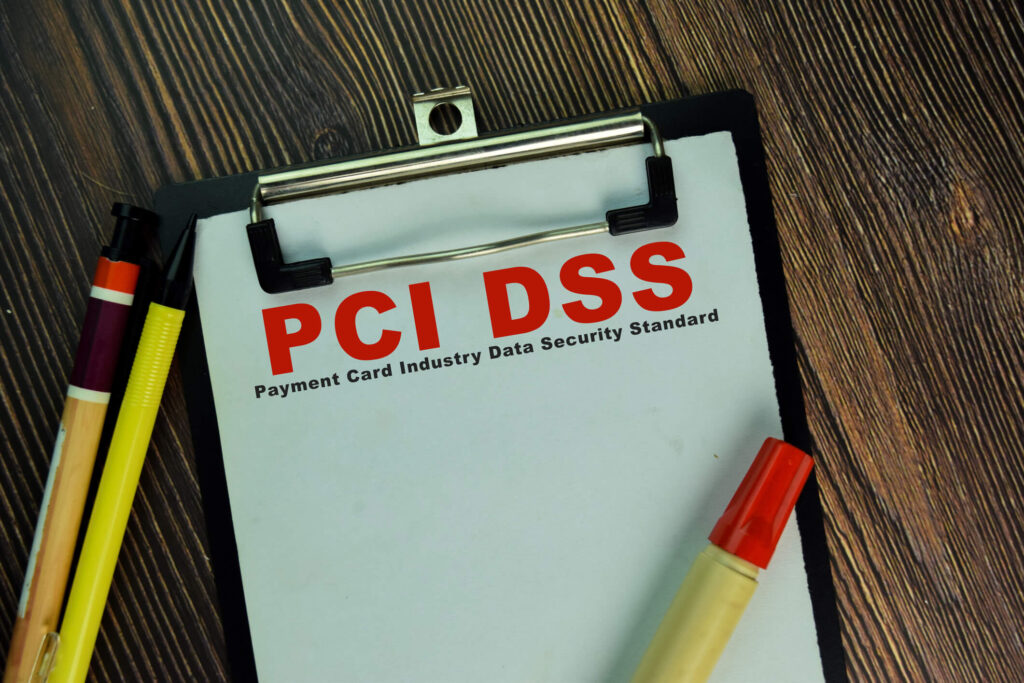Best Credit Card Processing Solutions Tailored for Every Industry

By admin June 28, 2024
In today’s digital age, payment processing has become an integral part of our daily lives. Whether we are making online purchases, paying bills, or transferring funds, payment processing plays a crucial role in facilitating these transactions. But have you ever wondered how payment processing actually works? In this comprehensive guide, we will delve into the intricacies of payment processing, exploring its various components, methods, security measures, and challenges.
What is Payment Processing?
Payment processing refers to the series of steps involved in completing a financial transaction between a buyer and a seller. It encompasses the authorization, verification, and settlement of funds, ensuring a seamless transfer of money from the buyer’s account to the seller’s account. Payment processing can be done through various channels, including credit cards, debit cards, mobile payments, e-wallets, and ACH payments.
The Role of Payment Processors
Payment processors are the intermediaries that facilitate the transfer of funds between the buyer and the seller. They act as a bridge between the merchant’s acquiring bank and the customer’s issuing bank, ensuring that the transaction is secure and compliant with industry standards. Payment processors play a vital role in authorizing transactions, batch processing, clearing and settlement, and handling chargebacks and disputes.
The Payment Processing Workflow
To understand how payment processing works, let’s take a closer look at the typical workflow involved in a transaction.
Step 1: Authorization
The first step in payment processing is authorization. When a customer initiates a transaction, the payment processor sends a request to the customer’s issuing bank to verify if they have sufficient funds or credit available. The issuing bank then approves or declines the transaction based on the available balance and other factors such as fraud detection algorithms.
Step 2: Batch Processing
Once the transaction is authorized, it is added to a batch along with other authorized transactions. Batch processing allows multiple transactions to be processed simultaneously, improving efficiency and reducing costs. The payment processor then sends the batch to the acquiring bank, which is responsible for settling the funds with the merchant.
Step 3: Clearing and Settlement
In the clearing and settlement phase, the acquiring bank transfers the funds from the customer’s account to the merchant’s account. This process involves reconciling the transactions, deducting any fees or charges, and ensuring that the funds are transferred securely and accurately. The settlement can occur in real-time or may take a few business days, depending on the payment method and the involved parties.
Types of Payment Processing Methods
Payment processing methods have evolved over the years, offering customers and merchants a wide range of options to choose from. Let’s explore some of the most common payment processing methods.
Credit Card Processing
Credit card processing is one of the most widely used payment methods. It involves the use of credit cards issued by financial institutions, allowing customers to make purchases on credit. When a customer swipes their credit card or enters the card details online, the payment processor verifies the information, authorizes the transaction, and transfers the funds to the merchant’s account.
Debit Card Processing
Debit card processing is similar to credit card processing, but instead of using credit, customers use funds directly from their bank accounts. When a customer makes a purchase using a debit card, the payment processor verifies the transaction, deducts the funds from the customer’s account, and transfers them to the merchant’s account.
Mobile Payments
Mobile payments have gained popularity in recent years, thanks to the widespread use of smartphones and mobile apps. Mobile payment solutions such as Apple Pay, Google Pay, and Samsung Pay allow customers to make payments using their mobile devices. These payments are processed through near-field communication (NFC) technology or QR codes, providing a convenient and secure way to pay.
E-wallets
E-wallets, also known as digital wallets, are virtual wallets that store a customer’s payment information securely. Customers can link their credit cards, debit cards, or bank accounts to their e-wallets and use them to make payments online or in-store. E-wallets offer enhanced security features such as encryption and tokenization, making them a popular choice among consumers.
ACH Payments
ACH (Automated Clearing House) payments are electronic transfers of funds between bank accounts. ACH payments are commonly used for direct deposits, bill payments, and recurring transactions. The payment processor acts as an intermediary between the customer’s bank and the merchant’s bank, facilitating the transfer of funds securely and efficiently.
Security Measures in Payment Processing
Security is of paramount importance in payment processing to protect sensitive customer information and prevent fraud. Let’s explore some of the key security measures implemented in payment processing.
Encryption and Tokenization
Encryption is the process of converting sensitive data into an unreadable format to prevent unauthorized access. Payment processors use encryption algorithms to encrypt customer data during transmission and storage, ensuring that it remains secure throughout the payment process. Tokenization, on the other hand, replaces sensitive data with unique tokens, further enhancing security by eliminating the need to store actual cardholder data.
PCI DSS Compliance

The Payment Card Industry Data Security Standard (PCI DSS) is a set of security standards established by major card brands to protect cardholder data. Payment processors must comply with PCI DSS requirements, which include maintaining a secure network, implementing strong access controls, regularly monitoring and testing systems, and maintaining an information security policy.
Fraud Detection and Prevention
Payment processors employ sophisticated fraud detection and prevention mechanisms to identify and mitigate fraudulent transactions. These mechanisms include real-time monitoring, machine learning algorithms, and risk scoring models that analyze various factors such as transaction patterns, IP addresses, and device fingerprints to detect suspicious activity and prevent fraud.
Challenges in Payment Processing
While payment processing has revolutionized the way we transact, it also presents certain challenges that need to be addressed. Let’s explore some of the common challenges in payment processing.
Chargebacks and Disputes
Chargebacks occur when a customer disputes a transaction and requests a refund from their issuing bank. Chargebacks can be a significant challenge for merchants, as they can result in financial losses and damage to their reputation. Payment processors play a crucial role in managing chargebacks by providing dispute resolution services and ensuring fair and timely resolution.
Payment Gateway Integration
Payment gateway integration is the process of connecting a merchant’s website or application to the payment processor’s infrastructure. Integration can be complex and time-consuming, requiring technical expertise and adherence to specific protocols and APIs. Payment processors often provide integration tools and support to simplify the process for merchants.
Cross-Border Transactions
With the globalization of e-commerce, cross-border transactions have become increasingly common. However, cross-border payments can be challenging due to differences in currencies, regulations, and payment methods. Payment processors that specialize in cross-border transactions offer solutions such as multi-currency processing, localized payment options, and compliance with international regulations.
Frequently Asked Questions (FAQs)
Q.1: What is the difference between a payment processor and a payment gateway?
A payment processor is responsible for authorizing and settling transactions, while a payment gateway is the interface between the merchant’s website or application and the payment processor’s infrastructure. The payment gateway securely transmits transaction data to the payment processor for processing.
Q.2: How long does it take for a payment to be processed?
The time taken for a payment to be processed depends on various factors such as the payment method, the involved banks, and the payment processor’s infrastructure. In general, credit card transactions are processed in seconds, while ACH payments may take a few business days.
Q.3: What are the fees associated with payment processing?
The fees associated with payment processing vary depending on the payment processor, the transaction volume, and the payment method. Common fees include interchange fees, assessment fees, and processing fees. Merchants should carefully review the fee structure and negotiate with payment processors to ensure competitive rates.
Q.4: Can payment processing be done offline?
While most payment processing is done online, there are offline payment processing options available. For example, some mobile payment solutions offer offline capabilities, allowing transactions to be processed even without an internet connection. However, offline processing may have limitations and may require synchronization with the payment processor’s system once an internet connection is available.
Q.4: How secure is payment processing?
Payment processing is designed with security in mind, employing various measures such as encryption, tokenization, and PCI DSS compliance to protect customer data. However, it is essential for merchants and customers to follow best practices such as using strong passwords, keeping software up to date, and being vigilant against phishing attacks to ensure the security of their transactions.
Conclusion
Payment processing is a complex and dynamic process that underpins our modern economy. From authorization to settlement, payment processors play a crucial role in facilitating secure and efficient transactions. With the advent of new payment methods and evolving security measures, payment processing continues to evolve, offering customers and merchants more convenience and peace of mind. By understanding the intricacies of payment processing, we can make informed decisions and navigate the digital payment landscape with confidence.
